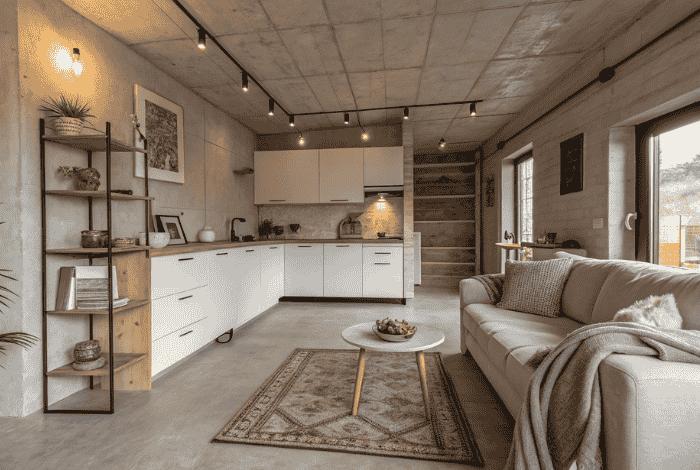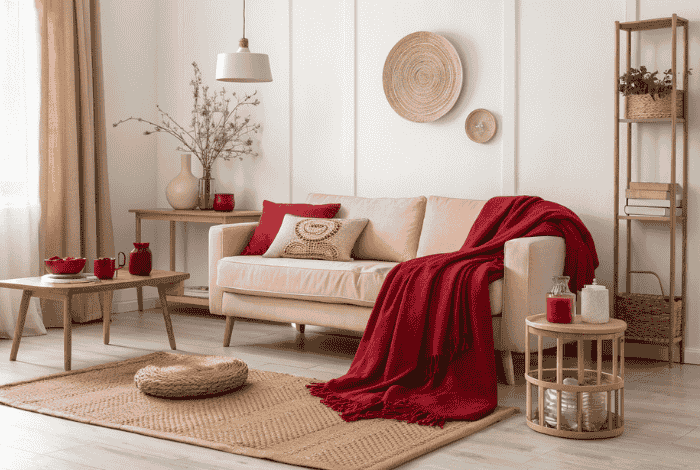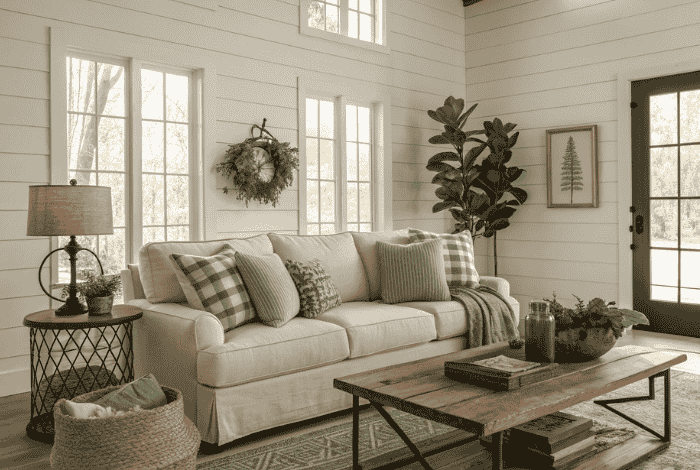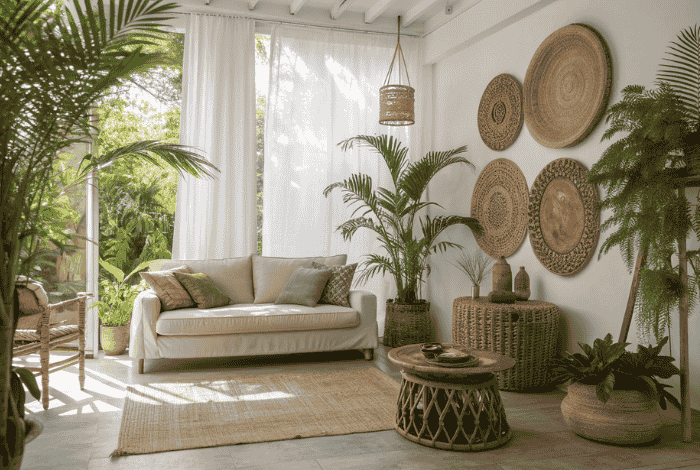I didn’t start growing poppies in pots because they were beautiful; I started because I needed something to ease the stress after long, exhausting days buried in deadlines. Poppies aren’t loud or flashy; they have a soft, quiet beauty, like a gentle whisper from nature on my little balcony. But behind those delicate petals lies an entire world of benefits: calming herbal teas, lovely cut flowers, and the power to attract bees and butterflies for pollination. The best part? You can grow that whole little world from just a few simple pots.
Why grow Poppies in pots?
Growing poppies in pots isn’t just a convenient option; it also unlocks some surprising benefits. Even without a garden, you can bring a vibrant touch of nature to your balcony, windowsill, or patio. Here are four reasons why potted poppies make the perfect “gentle remedy” for your living space:
- Space-saving: Ideal for balconies, window ledges, or rooftops – no backyard required.
- Better control over growing conditions: Easily adjust light, moisture, temperature, and soil to suit the plant’s needs.
- Flexible placement: Move pots to safety during heavy rain, harsh sun, or strong winds.
- Boosts beauty and relaxation: A pot of blooming poppies adds a lovely visual touch while calming the mind.
| Pro tip Choose a pot with drainage holes and at least 20cm deep so the roots have room to grow. This helps flowers bloom more fully and hold their color longer. |
What you’ll need to get started
Growing poppies is like planning a quiet little date with nature; you don’t need a lot, just a bit of care and intention. Here’s what I gathered to begin:
Basic tools
| Tool | Purpose | Handy Tip |
| Pot with drainage holes | Prevents root rot by allowing excess water to escape | Opt for ceramic or clay pots for better airflow |
| Small garden trowel | Makes it easy to loosen soil and mix in fertilizer | Choose a lightweight, easy-to-grip handle |
| Watering can with narrow spout | Delivers water gently without disturbing seeds | A fine mist spray bottle works even better for seedlings |
| Seedling tray (optional) | Helps start seeds separately before transplanting | You can repurpose an old egg carton as a seed tray |
| Gardening gloves | Protects your hands while mixing soil and fertilizing | Pick a thin, snug pair for better control and flexibility |
Choosing the Right Poppy Variety
Choosing the right type of poppy is the very first and arguably most important step to ensure your plants grow strong and bloom beautifully. Each variety has its own unique charm and care requirements, so think about your growing goals and the climate you live in before deciding.
- Iceland Poppy (Papaver nudicaule)
Shirley Poppy (Papaver rhoeas)
California Poppy (Eschscholzia californica)
Oriental Poppy (Papaver orientale)
| Tip If you’re just starting, go with easier varieties like California or Iceland poppies. Once you’ve got the hang of it, try your hand at showier types like Oriental poppies. |
Pots
| Criteria | Recommended Choices |
| Size | At least 20 – 25 cm deep, with enough width to allow 10 – 15 cm spacing between each plant |
| Material | Terracotta, glazed ceramic, or cement, these breathe well and help avoid heat build-up. |
| Number of plants | 1 – 2 plants for small pots; 3 – 4 plants for long containers (depending on the poppy type). |
| Drainage holes | At least 1 – 2 large holes, or 4 – 5 smaller ones, at the bottom for quick drainage. |
| Placement | Choose heavier pots for outdoor spots or windy areas to keep the container stable. |
Soil
Poppies dislike compacted soil or anything that holds too much water. For an ideal mix, you can combine tribat or organic potting soil with builder's sand, rice husk ash, and well-rotted organic compost in a 5:2:2:1 ratio. Poppies prefer soil that’s neither too acidic nor too alkaline. If you're unsure, choose a store-bought potting mix for flowering plants with a neutral pH around 6.0 – 7.0.
How to grow and care for Poppies in pots
Growing poppies in containers not only makes it easier to control their growing conditions but also adds a charming touch to your balcony or windowsill. To enjoy vibrant, evenly blooming flowers, it's important to understand each stage of care from sowing seeds to the moment the blossoms unfold.
Sowing the Seeds
Poppy seeds are as fine as dust, so it’s important to handle them gently during sowing. Don’t cover them with a thick layer of soil, as poppies need light to germinate. Simply scatter the seeds on the surface of moist soil and mist lightly with water to help them settle. The best time to sow is in late winter to early spring, when the weather is cool and the light is soft. After sowing, you can cover the container with a thin plastic sheet or clear tray lid to maintain gentle humidity until the seedlings emerge.
| Pro tip Mix the seeds with clean sand before sowing this helps spread them more evenly across the surface. |
Light and water needs
Poppies love sunlight but not harsh, midday heat.
- Ideal light: 6 to 8 hours of sun per day, preferably in the soft morning light or late afternoon.
- Watering: Early morning is the best time to water. Keep the soil lightly moist, but never soggy. Poppies' roots are very sensitive to overwatering.
Once your plants reach about 10–15 cm tall, you can gradually reduce watering and increase sun exposure to help trigger earlier blooming.
Tips for vibrant blooms and even flowering
To encourage your poppies to bloom evenly and produce vibrant colors, feed them with balanced organic fertilizer or diluted NPK. Trim some of the lower leaves as the plant begins to bud to help redirect energy to the flowers.
Avoid moving the pots during blooming season, and rotate the containers regularly so the plants grow evenly on all sides. For taller varieties, be sure to add support stakes to prevent the stems from bending or snapping.
| Pro tip Mix different colored poppy varieties in one long planter for a vibrant, painting-like display. |
Conclusion
Growing poppies in pots isn’t just about “sowing a few seeds for color,” it’s about planting calm, inspiration, and a small space of natural connection for yourself. Whether it’s to brew a gentle herbal tea, admire an early bloom, or simply invite butterflies and bees to your balcony each morning, poppies always find a way to soothe even the busiest days. So, why not begin today?











